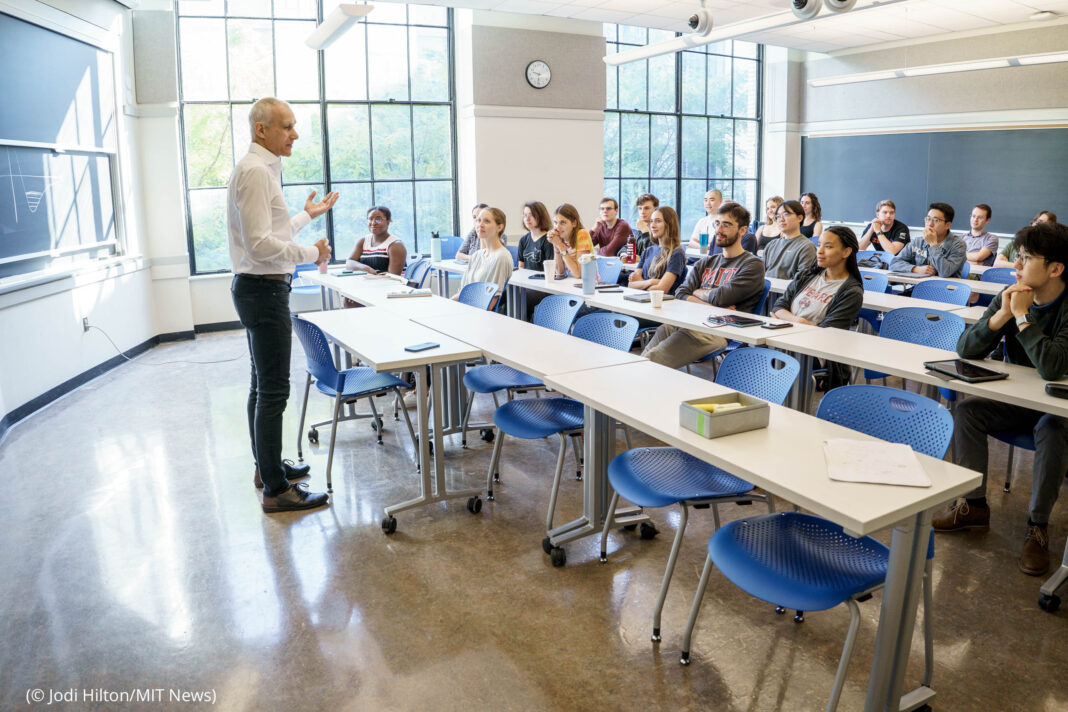When a scientist, doctor, economist or writer residing in the United States is awakened by a pre-dawn phone call from Sweden, it might bring life-changing news of a Nobel Prize.
In many cases, U.S. Nobel laureates are college professors. And their students are as excited as they are.
Professor Moungi Bawendi, who teaches at the Massachusetts Institute of Technology (MIT), in Boston, jointly won this year’s chemistry prize for developing quantum dots with scientists Louis Brus of Columbia University and Aleksey Yekimov, who works at Nanocrystals Technology Inc.
After what Bawendi called his “surprise and shock” at that phone call from Stockholm, he went to teach his morning class, Introduction to Quantum Mechanics. But Bawendi was sidetracked from his planned lesson by the applause of his students and the food and drinks they and his colleagues had brought to class.
MIT News reports that, after popping a bottle of champagne, Bawendi scrapped the lesson and instead gave students a brief history of his work on quantum dot science. Afterward, he obligingly posed for photos with the students.
Later, at a press conference, he said that the class “went very well, except I didn’t talk about what I was supposed to talk about.” One of Bawendi’s co-winners, Professor Louis Brus of Columbia University, also helps students understand quantum dots (nanosized particles with unique properties that spread their light from television screens and LED lamps).
On the morning of the announcement, Brus received many text messages from students, current and former. “Everyone was thrilled for him,” said Andrew Crowther, who had been a postdoctoral researcher for Brus.
“Louis is an excellent mentor, and I couldn’t have asked for a better adviser during my postdoctoral work,” says Crowther, who is now a professor himself at Barnard College in New York. “Whenever anyone needed guidance, Brus’ door was always open.”
After learning about his own Nobel Prize in physics (shared with Ferenc Krausz and Anne L’Huillier), Ohio State University’s Professor Emeritus Pierre Agostini joined students he mentors on a Zoom call. He’s based in France, but he visits Ohio State twice a year to work with post-doctorate physics students.
On the call, “we were all jumping for joy,” said Louis DiMauro, a colleague who directs Ohio State University’s Institute for Optical Science. Agostini’s work involves producing extremely short pulses of light that can be used to provide images of processes inside atoms and molecules.
When he mentors at OSU, “he’s kind to the students but he challenges them, and they love it,” DiMauro says. “Pierre spends his day moving from one student’s office to another. They really enjoy their discussions with him.”
Other Nobel winners affiliated with U.S. universities are the University of Pennsylvania’s Katalin Karikó and Drew Weissman (who share the 2023 prize for medicine) and Harvard University’s Claudia Goldin (who won the 2023 economics prize).
